Practices
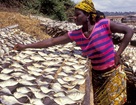
Integrated practices
Holistic, integrated practices in which a range of stakeholders are involved ensure greater efficiency in the use of resources and more sustainable management of natural and human-created processes in the landscape. Integration can greatly reduce the pressure on the natural resources and minimize the need for external inputs (e.g. energy, chemical fertilizers and pesticides).
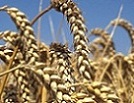
Crop production
To cope with the challenges of climate change, crop production must adapt (e.g. crop varietal selection, plant breeding, cropping patterns and ecosystem management approaches) and become resilient to changes (frequency and intensity).
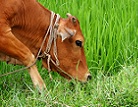
Livestock
Livestock can make a large contribution to climate-smart food supply systems. Options to reduce greenhouse gasses are available along the entire supply chain and are related to feed management, enteric fermentation and manure management.

Forestry
Climate change jeopardizes the delivery of goods and ecosystem services, from forests and trees that are essential to livelihoods and food security, to environmental sustainability and to national development.
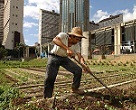
Urban and peri-urban agriculture
The rapid growth of cities in the developing world is placing enormous demands on urban food supply systems. Agriculture – including horticulture, livestock, fisheries, forestry, and fodder and milk production – is increasingly spreading to towns and cities.
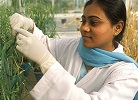
Genetic resources and biodiversity
Agriculture, including livestock, forestry, aquaculture and fisheries, depends on the three components of biodiversity: the diversity of species, the diversity within each species and the diversity of ecosystems. Genetic resources for food and agriculture play a crucial role in food security, nutrition and livelihoods and in the provision of environmental services.

Fisheries and aquaculture
Fisheries and aquaculture provide essential nutrition, support livelihoods and contribute to national development. However, the sector is facing significant challenges in maintaining its crucial contribution to these areas. Increasing global demand for fish and aquatic foods, ocean acidification and climate variability and change only adds to these challenges.
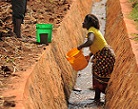
Land and water management
Land and water management is a key element of CSA. More productive and more resilient agriculture requires a major shift in the way land and water are managed to ensure that these resources are used more efficiently. Practices to sustainably manage land and water include a broad range of practices and methods including soil carbon sequestration and the restoration of peatlands and degraded lands.
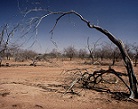
Proactive drought management
Drought is a complex natural hazard which affects all climates and results in socio-economic impacts, the extent of which vary depending on several factors and conditions. Agriculture is the first and most drought affected sector.

Energy
Agricultural producers can use energy more efficiently as well as reduce their dependency on non-renewable energy sources. Well-planned agricultural systems can also produce energy sustainably without compromising food security thus contributing to the transition to climate-smart agriculture. This can only happen if existing examples of energy-smart food systems can be scaled up significantly.

Food loss and waste
Food loss and waste amount to major loss of resources, including water, land, energy, labour and capital and leads to greenhouse gas emissions, contributing to climate change.
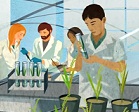
Nuclear techniques
FAO, through its Joint FAO/IAEA (International Atomic Energy Agency) Division and its dedicated Agriculture & Biotechnology Laboratories, uses isotopic and nuclear techniques to support climate-smart agriculture. This includes the application of nuclear and related techniques to:
- sustainably increase agricultural productivity,
- adapt and build the resilience of agricultural and food security systems to climate change
- reduce greenhouse gas emissions in agriculture, taking into account national and local contexts and priorities.
